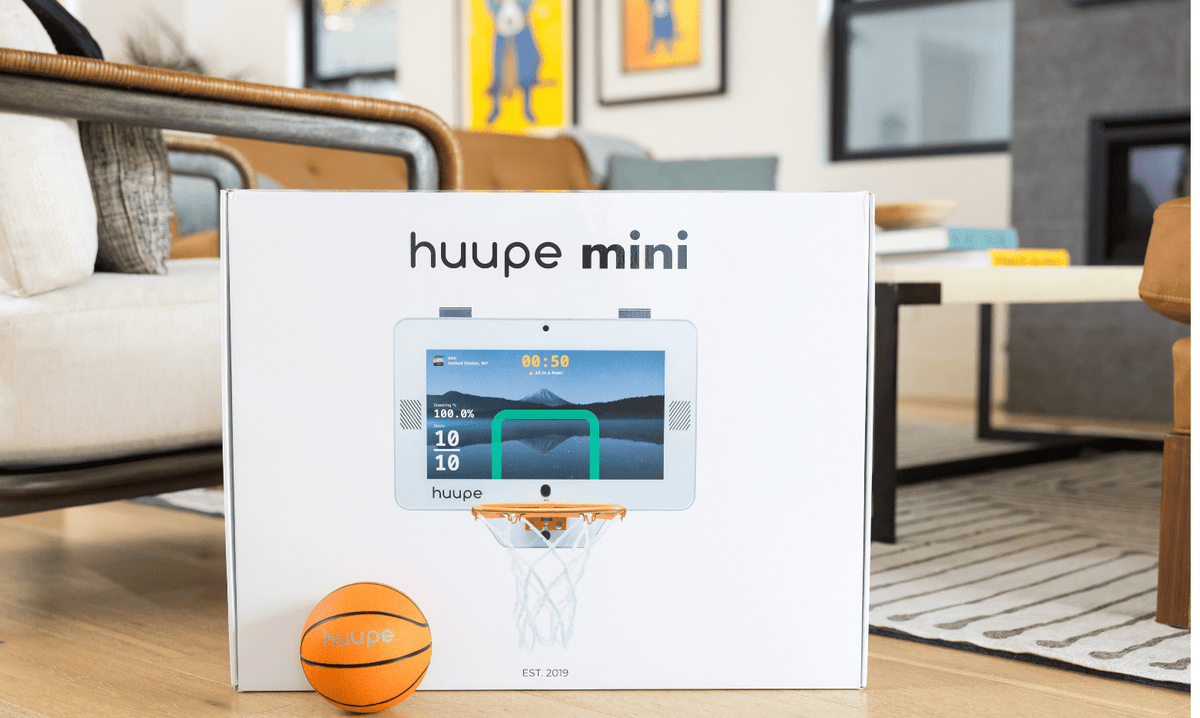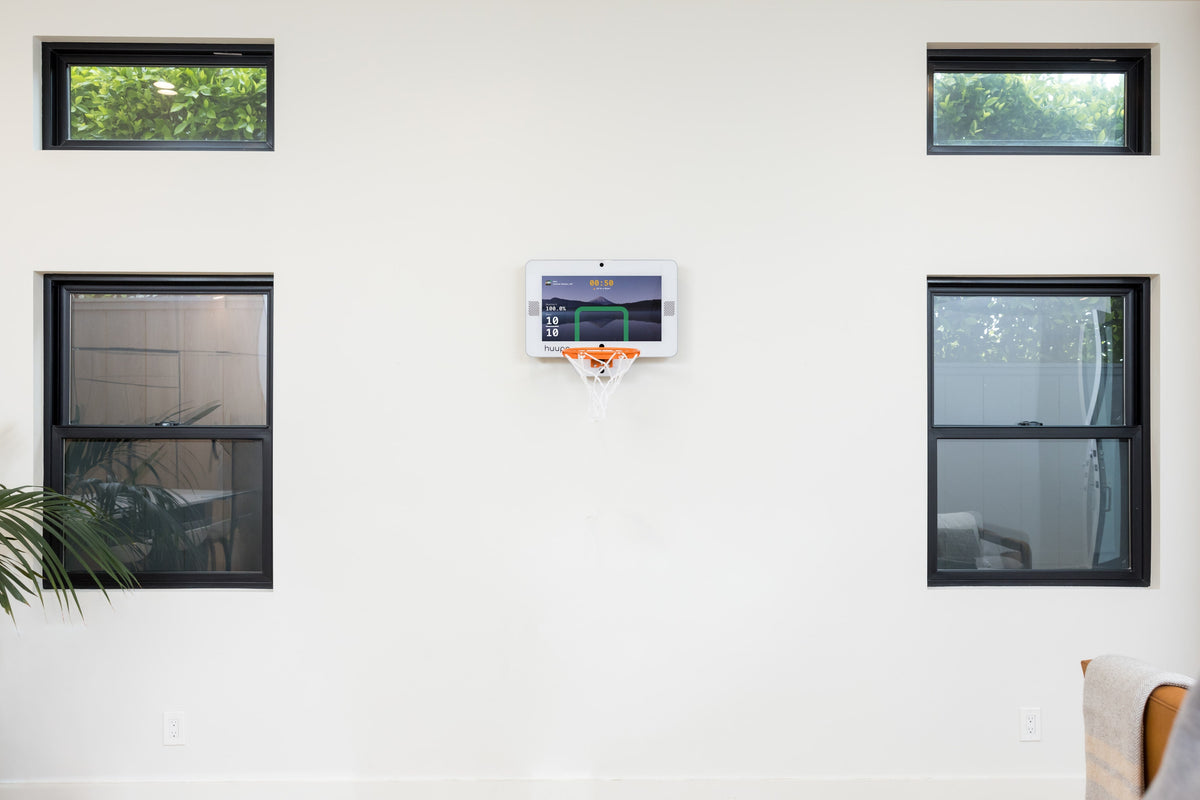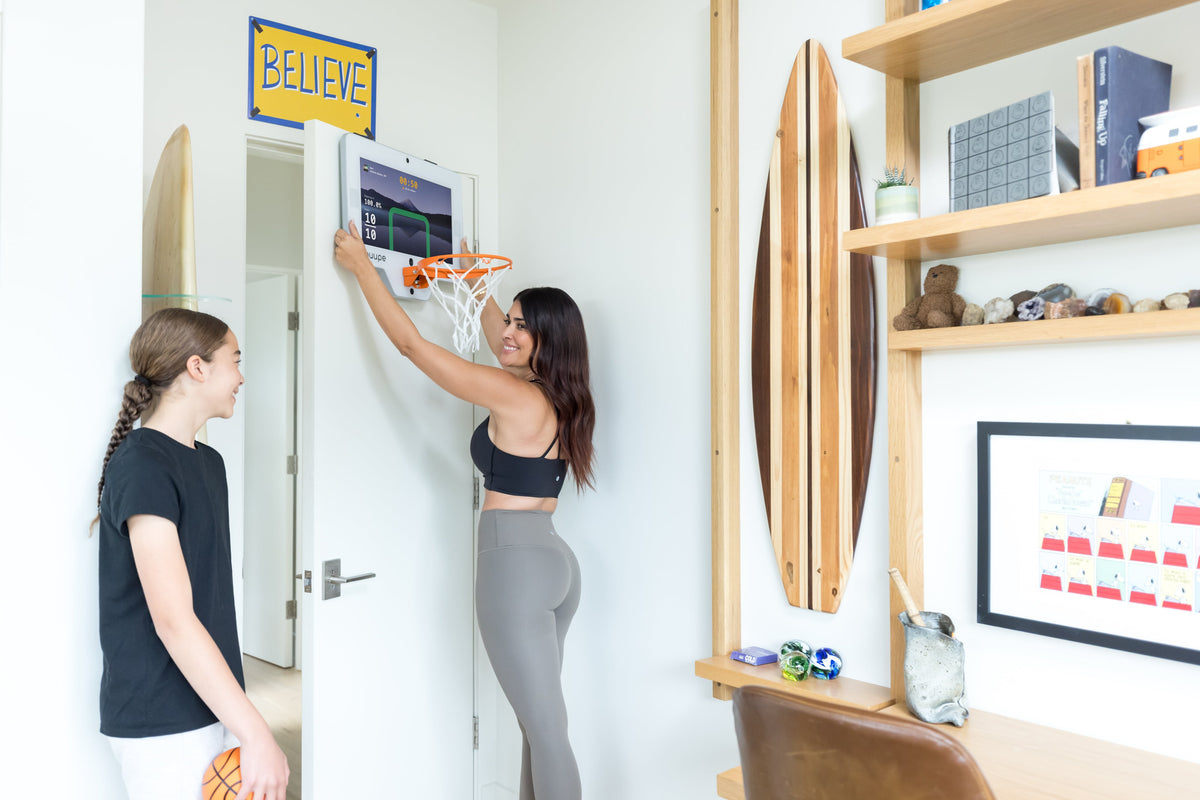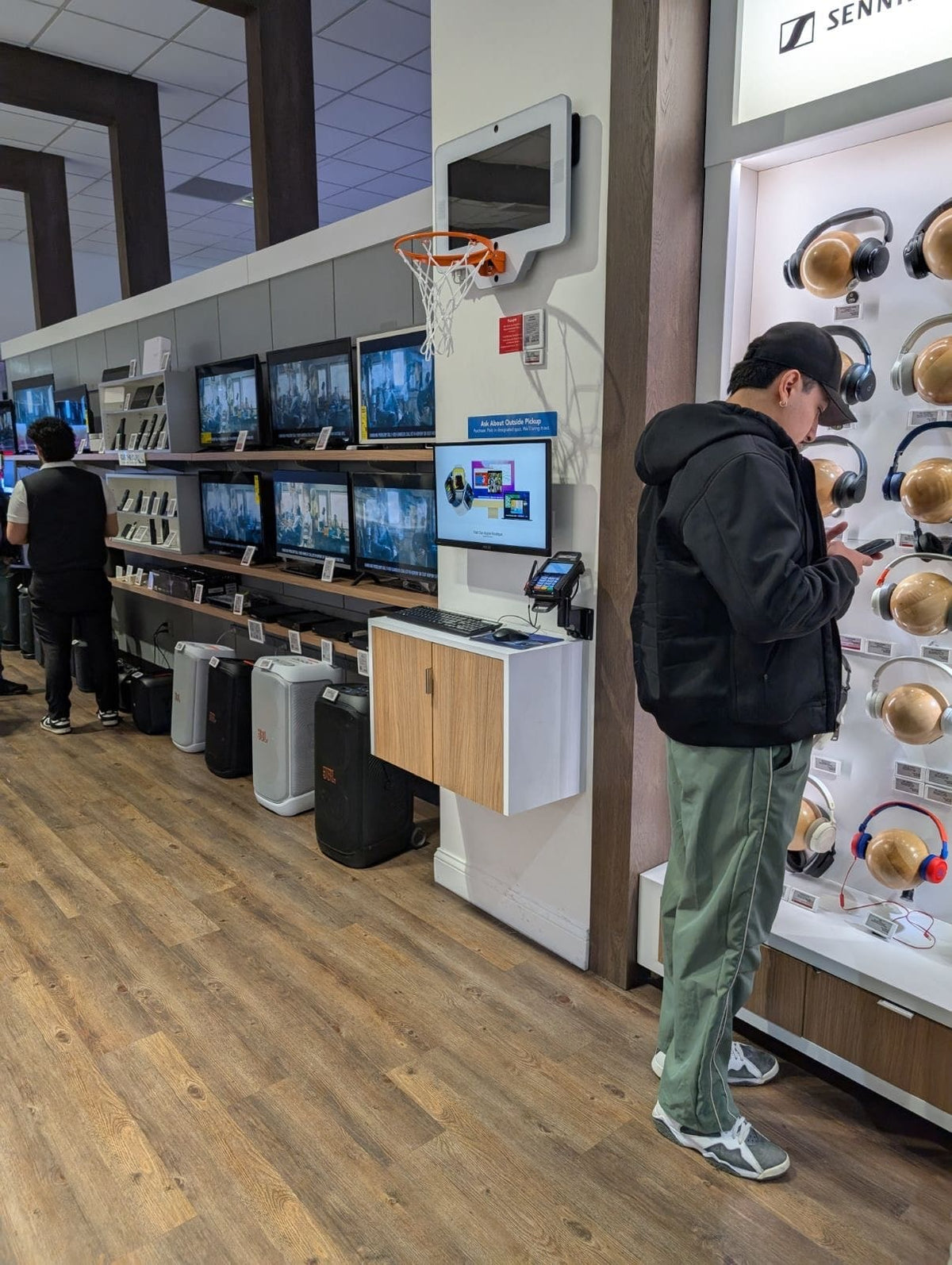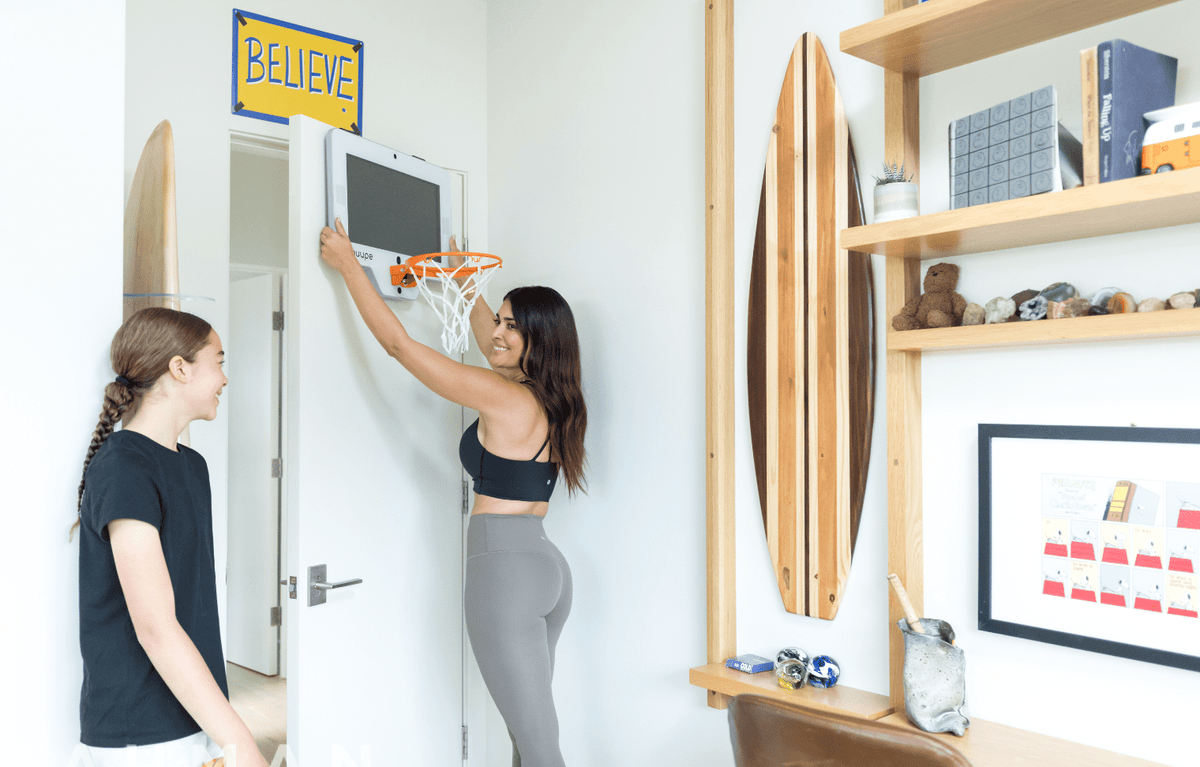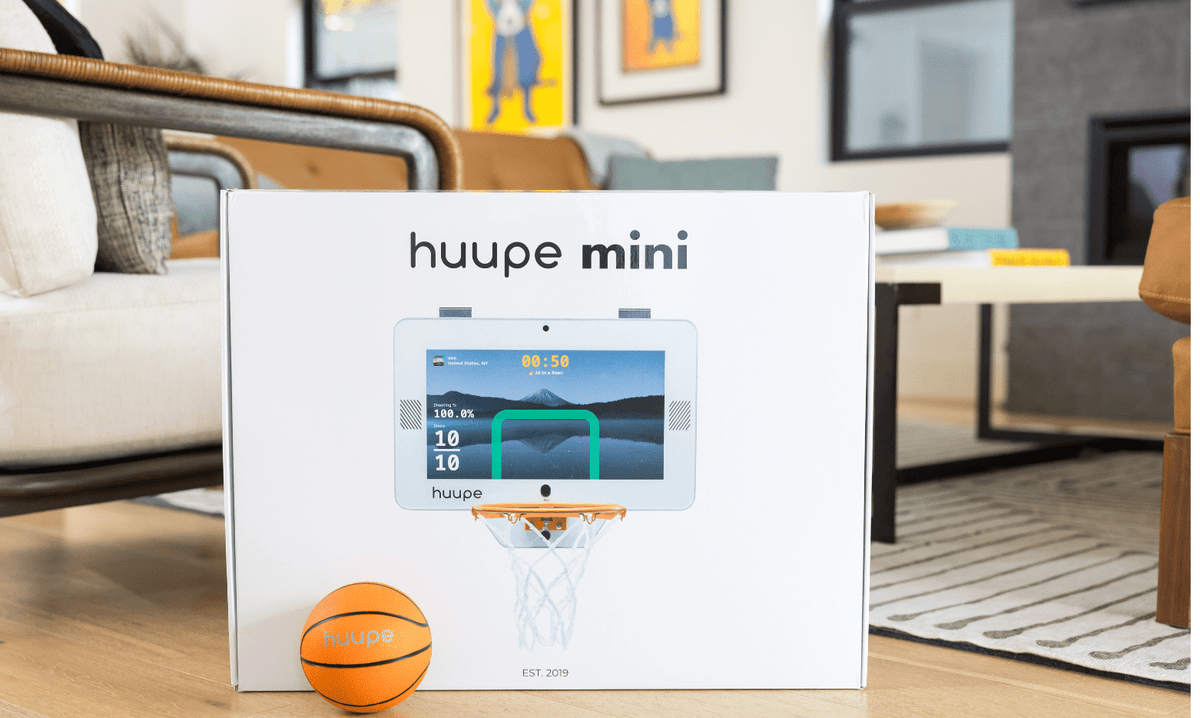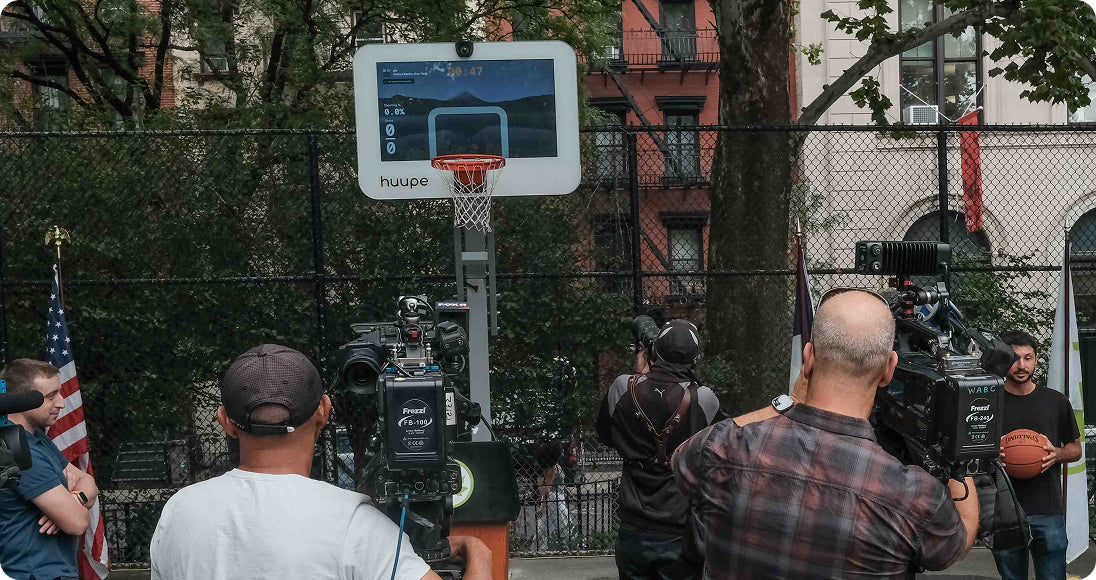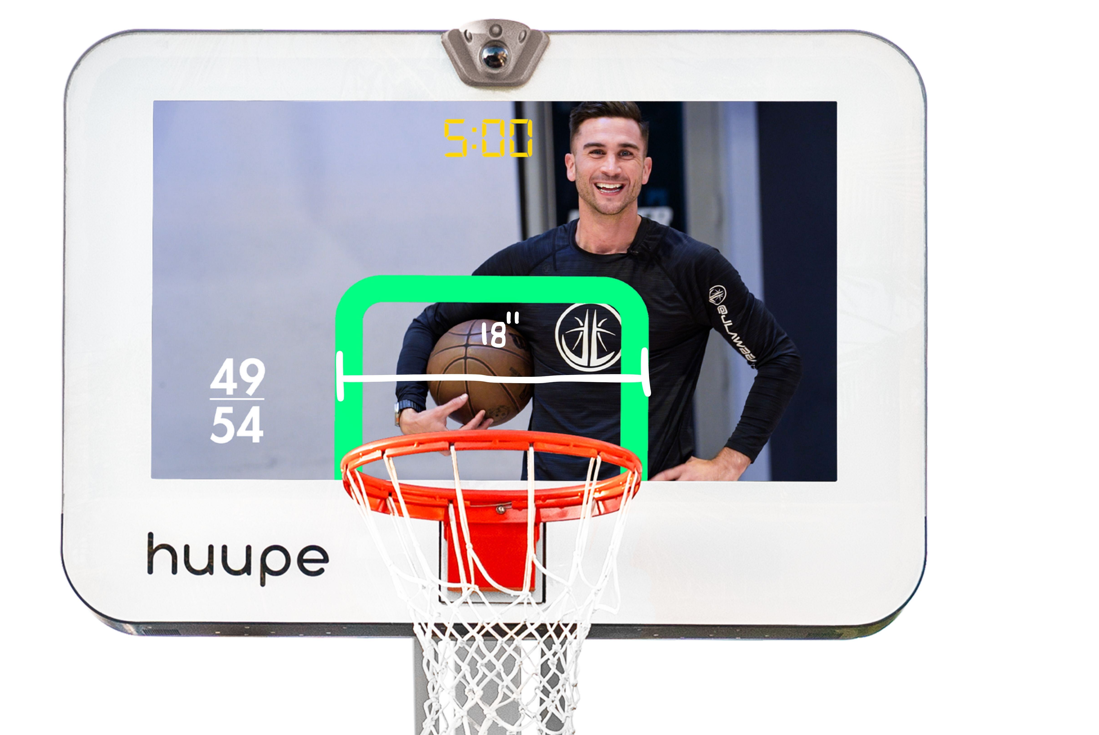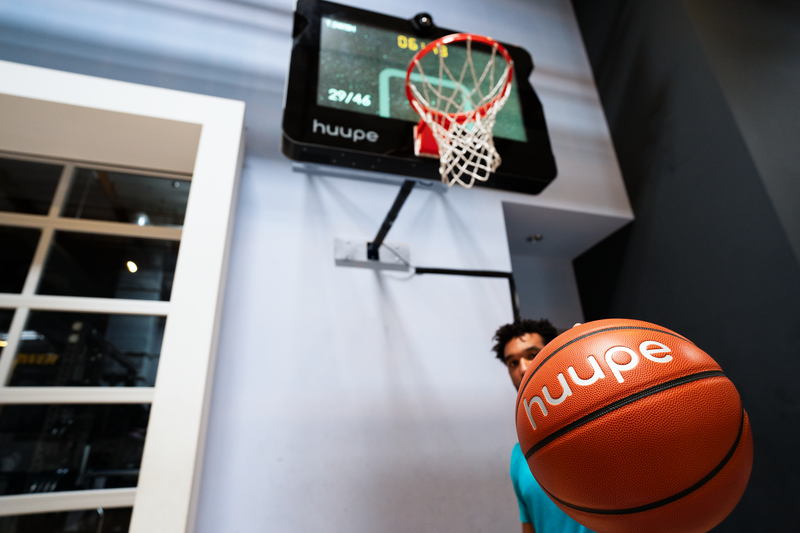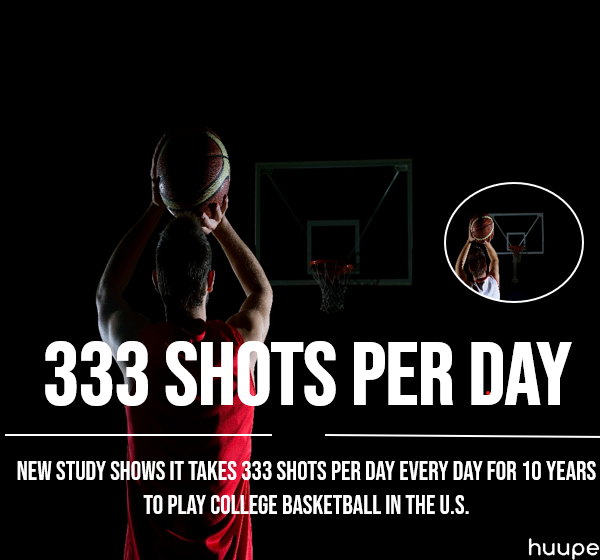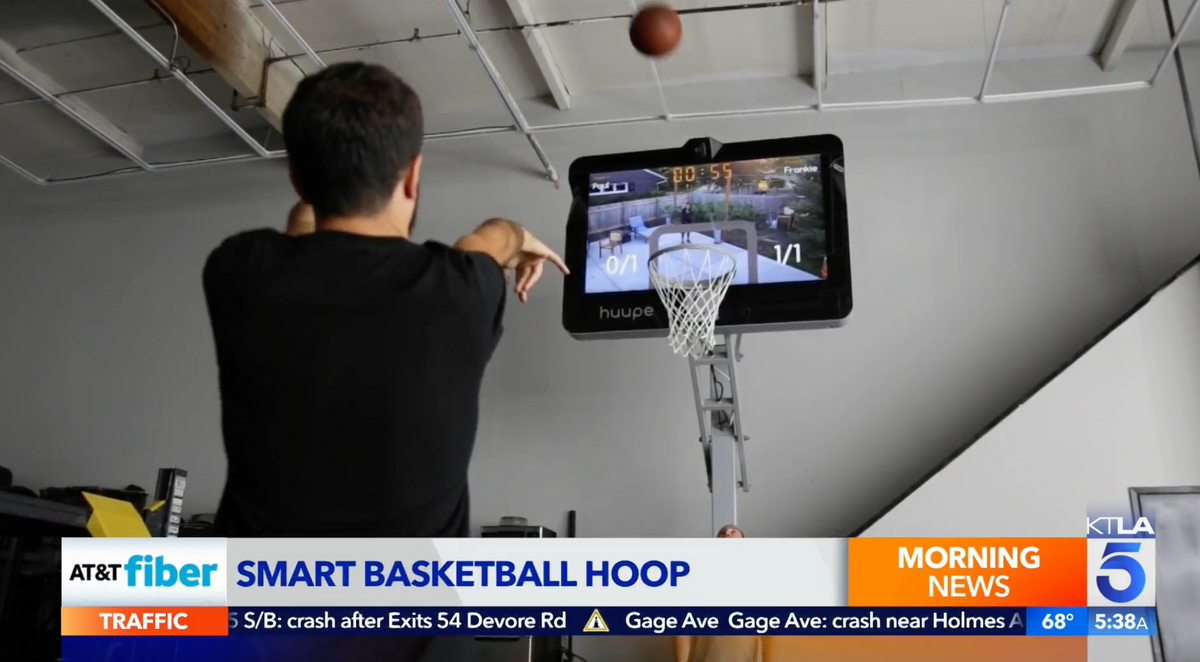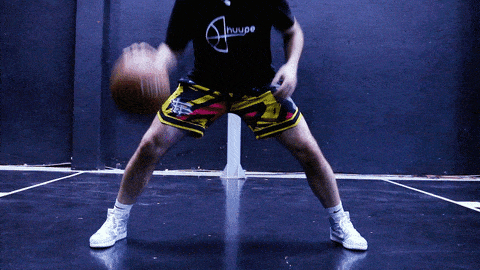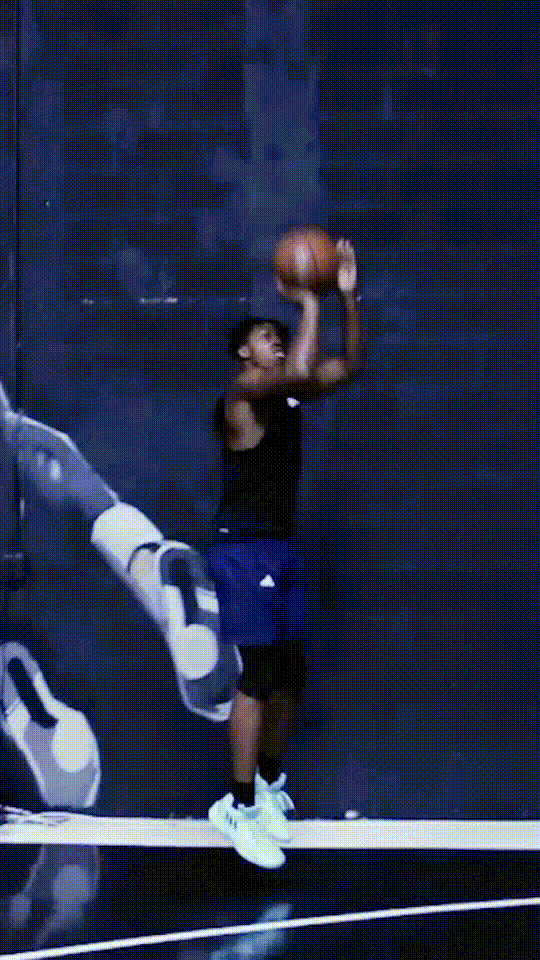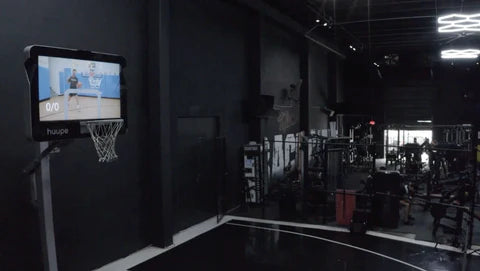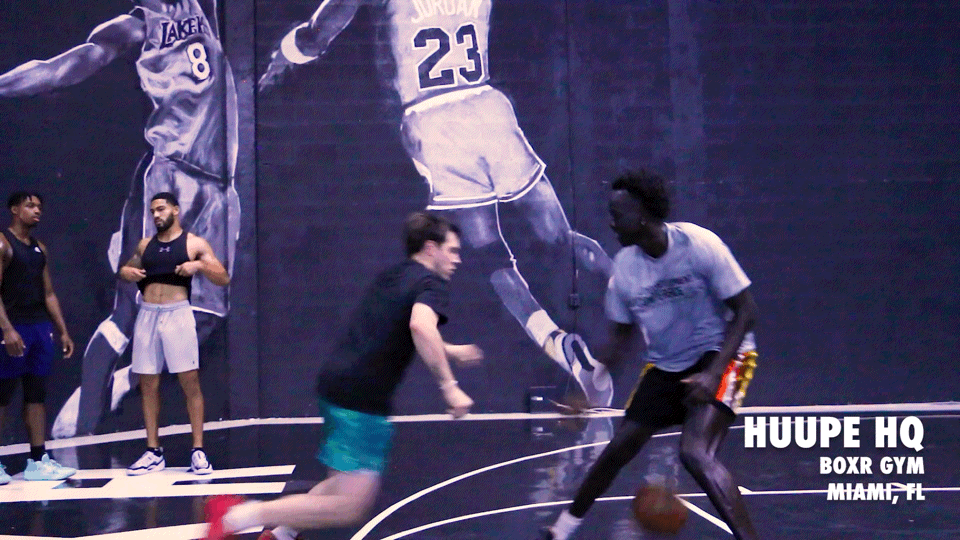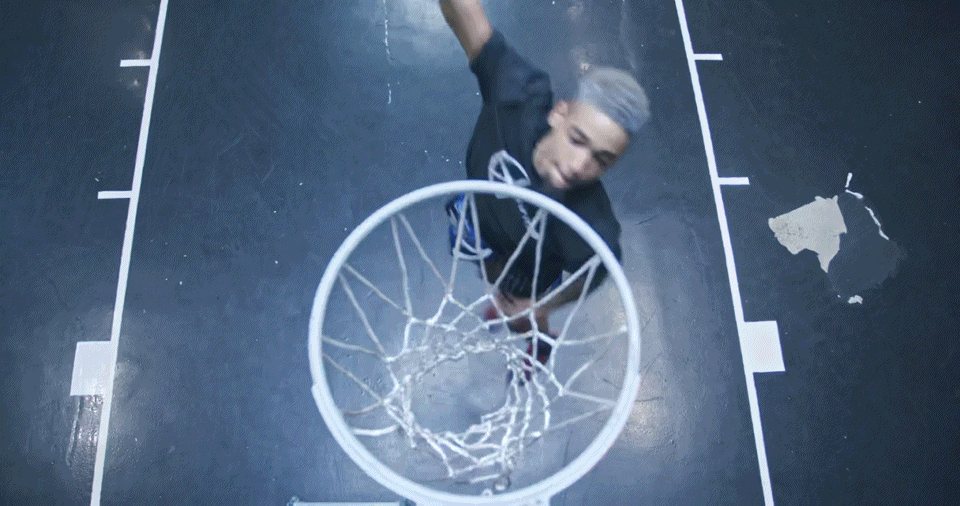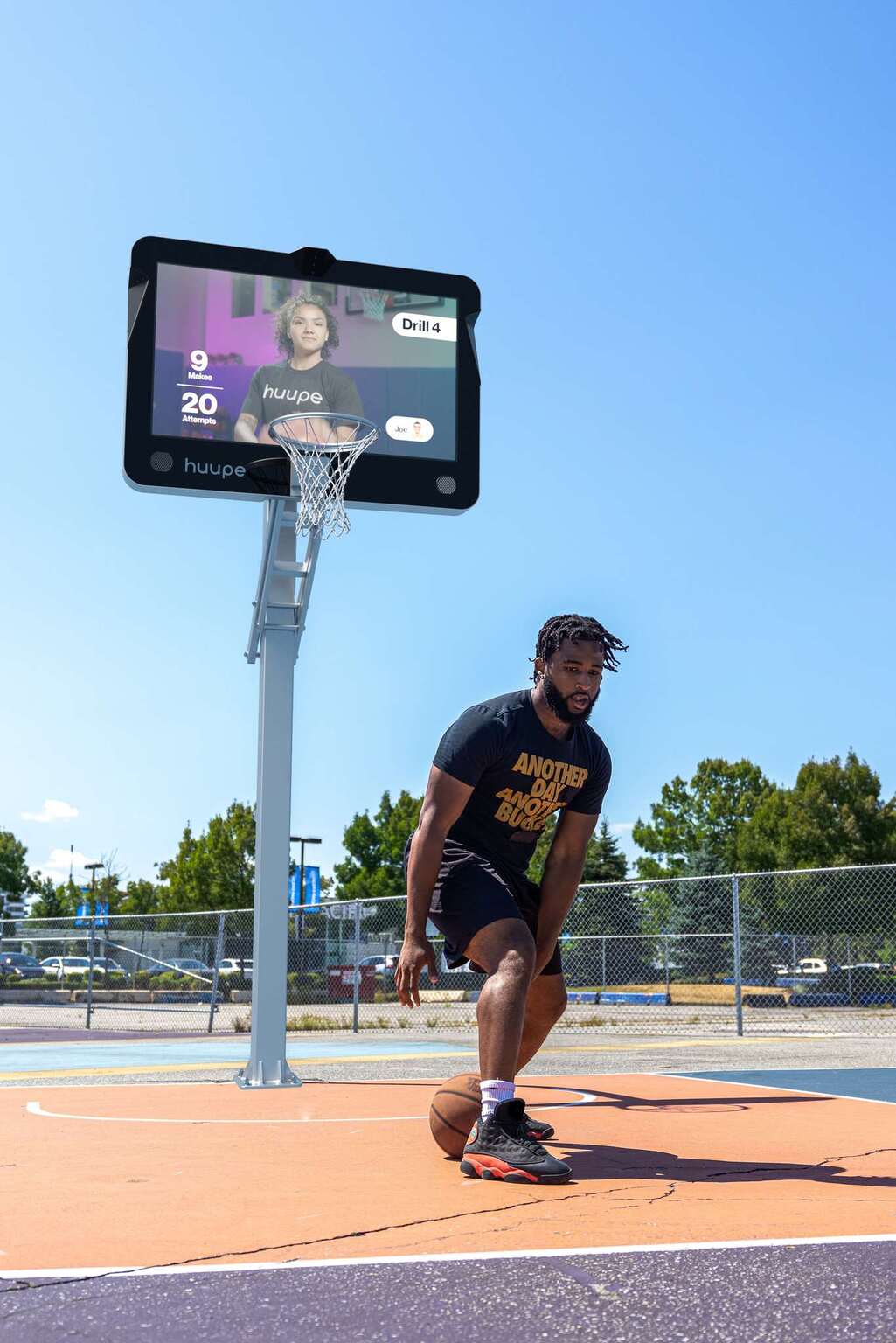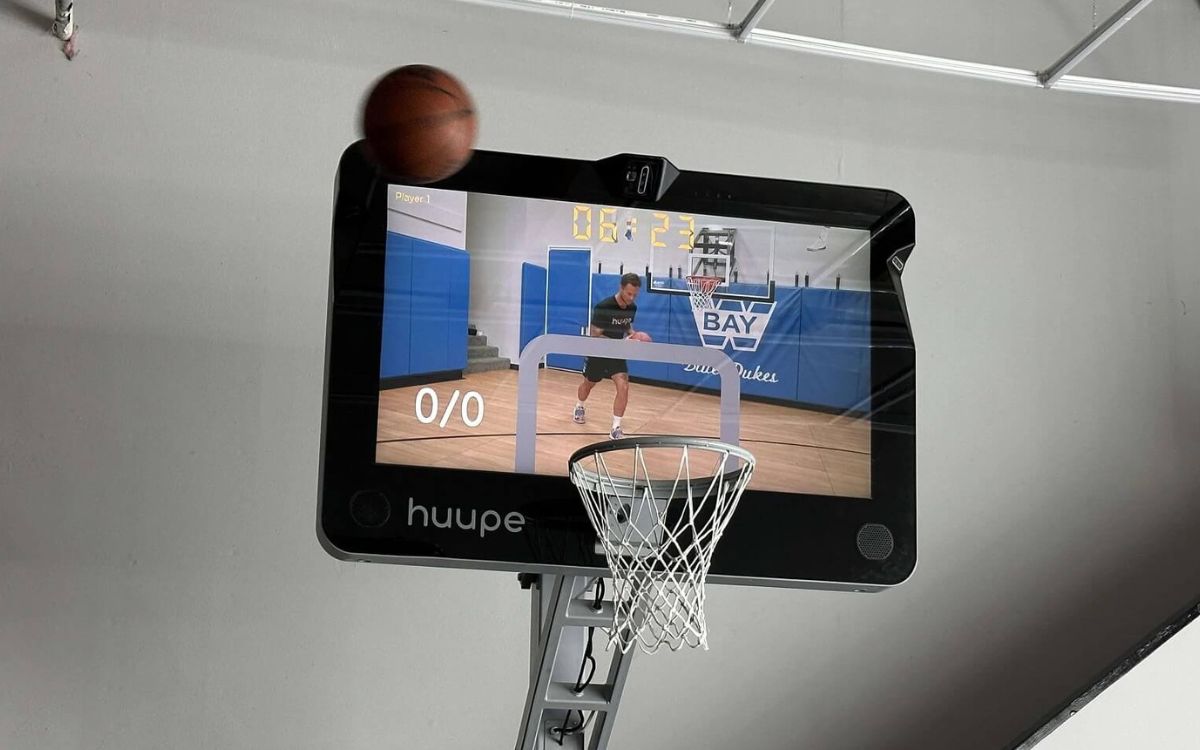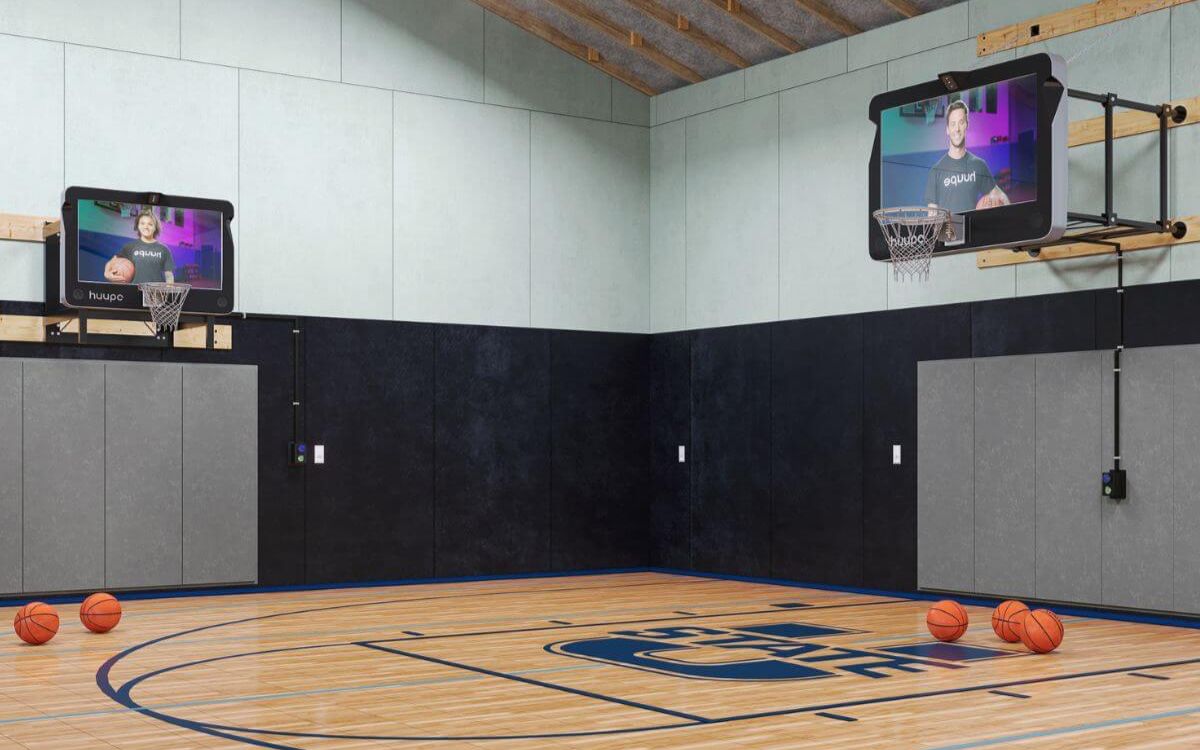Basketball is a sport that requires a unique blend of physical skill, mental acuity, and strategic understanding. From the towering presence of the NBA to local pickup games, players are constantly seeking ways to improve their game. One tool that’s gained popularity among basketball enthusiasts is the mini hoop. Found in many households and office spaces, these small, wall-mounted hoops provide a convenient way to practice. But can spending time with a mini hoop really make you a better basketball player? In this blog post, we’ll explore how mini hoops can impact skill development, mental and tactical skills, and overall training regimens, while also acknowledging their limitations.
The Allure of the Mini Hoop
Mini hoops are essentially scaled-down versions of their full-sized counterparts. Often mounted on doors or walls, they come with a smaller hoop, a mini basketball, and sometimes even a backboard. Their compact size makes them incredibly convenient for practice in limited spaces. But their appeal goes beyond just their practicality; they offer unique opportunities for skill development.
Skill Development: Precision and Technique
1. Sharpening Shooting Mechanics
One of the most immediate benefits of using a mini hoop is the opportunity to refine shooting mechanics. The smaller target forces players to be more precise with their aim. When you practice shooting with a mini hoop, you need to adjust your shooting form and technique to consistently make shots. This increased precision helps develop muscle memory, which can translate to better shooting performance on a regulation-sized hoop.
For instance, practicing with a mini hoop can help players focus on their shooting form—like hand placement, follow-through, and arc. The smaller size of the hoop requires a perfect shot to go in, pushing players to be meticulous about their technique. Over time, this precision training can improve accuracy in actual games.
2. Enhancing Hand-Eye Coordination
Mini hoops also serve as an excellent tool for developing hand-eye coordination. Since the hoop is smaller, players need to carefully align their shots and dribbles. This focus on coordination enhances their ability to control the ball and make accurate passes. Improved hand-eye coordination is crucial for all aspects of basketball, including shooting, dribbling, and defensive maneuvers.
3. Improving Dribbling and Ball Control
Dribbling around a mini hoop can help players enhance their ball-handling skills. The confined space demands quick, precise movements, which can improve a player’s control over the basketball. This practice can be especially beneficial for developing the ability to handle the ball under pressure. As players navigate the limited space, they learn to make sharp cuts and sudden changes in direction, skills that are valuable in game situations.
Mental and Tactical Skills: Focus and Creativity
1.Developing Focus and Concentration
The precision required for mini hoop practice helps players develop better focus and concentration. The need to make accurate shots and handle the ball with care teaches players to stay mentally engaged. This improved mental discipline can translate to better performance during actual games, where focus is critical for success.
2. Encouraging Creative Problem-Solving
Practicing on a mini hoop encourages players to think creatively. The smaller space and target force players to come up with innovative solutions to make shots and navigate the court. This creativity can enhance a player’s ability to adapt and problem-solve during real games, where quick thinking and adaptability are often key to success.
Convenience and Accessibility: Practice Anytime, Anywhere
1. Indoor Training Advantage
One of the significant benefits of mini hoops is their convenience for indoor training. Players can practice regardless of weather conditions or court availability. This accessibility means that players can get in extra practice sessions, work on their technique, and stay engaged with the game even when they can’t access a full-sized court.
2. Space Efficiency
Mini hoops are also ideal for situations where space is limited. They can be installed in homes, offices, or other small areas, allowing players to practice without needing a full-sized court. This space efficiency means that players can integrate basketball practice into their daily routines, leading to more frequent and consistent skill development.
Limitations of Mini Hoops
While mini hoops offer numerous benefits, they do have some limitations that players should be aware of:
1. Limited Simulation of Game Conditions
Mini hoops do not fully replicate the conditions of a regulation basketball court. The smaller hoop and the absence of defenders mean that players miss out on important aspects of gameplay, such as defensive pressure and court spacing. As a result, mini hoop practice might not fully prepare players for the complexities of real-game situations.
2. Reduced Physical Challenge
The smaller size of mini hoops means that players do not experience the same physical challenges they would on a full-sized court. This lack of physical intensity can limit the development of endurance, strength, and overall conditioning. It’s important to complement mini hoop practice with other forms of training to address these aspects.
3. Overemphasis on Individual Skills
Mini hoop practice often focuses on individual skills, such as shooting and dribbling. While these skills are crucial, they should be balanced with team-based drills and scrimmages. Teamwork, communication, and game strategy are essential components of basketball that mini hoops alone cannot fully address.
Integrating Mini Hoops into a Comprehensive Training Regimen
To maximize the benefits of mini hoop practice, players should integrate it into a well-rounded training regimen that includes:
1. Full-Court Practice
Regular practice on a full-sized court is essential for developing game-specific skills. This includes working on defensive positioning, team strategies, and conditioning. Mini hoop practice should complement, not replace, this critical aspect of training.
2. Strength and Conditioning
Incorporating strength and conditioning exercises into your training regimen is vital for building physical attributes needed for competitive play. This includes cardiovascular fitness, muscular strength, and agility. Strength and conditioning work should go hand in hand with mini hoop practice to ensure a well-rounded development.
3. Team Drills and Scrimmages
Engaging in team drills and scrimmages provides valuable experience in game situations. These sessions help players develop teamwork, communication, and strategic understanding. While mini hoops are excellent for individual skill development, team practice is crucial for translating those skills into effective gameplay.
4. Video Analysis and Coaching
Analyzing game footage and receiving feedback from coaches can help players identify areas for improvement and track their progress. Combining this analytical approach with mini hoop practice can lead to more focused and effective training. Coaches can provide insights that help players refine their techniques and apply them in real-game scenarios.
Conclusion
In conclusion, practicing on a mini hoop can indeed make you a better basketball player by enhancing shooting accuracy, dribbling skills, and hand-eye coordination. The convenience and accessibility of mini hoops also make them a valuable tool for consistent practice. However, they should be used as a complement to full-court practice, strength training, team drills, and coaching. By integrating mini hoops into a comprehensive training plan, players can effectively improve their skills and overall performance on the court. So, while a mini hoop might not be a magic bullet for basketball success, it can certainly be a useful part of a well-rounded training regimen.
















